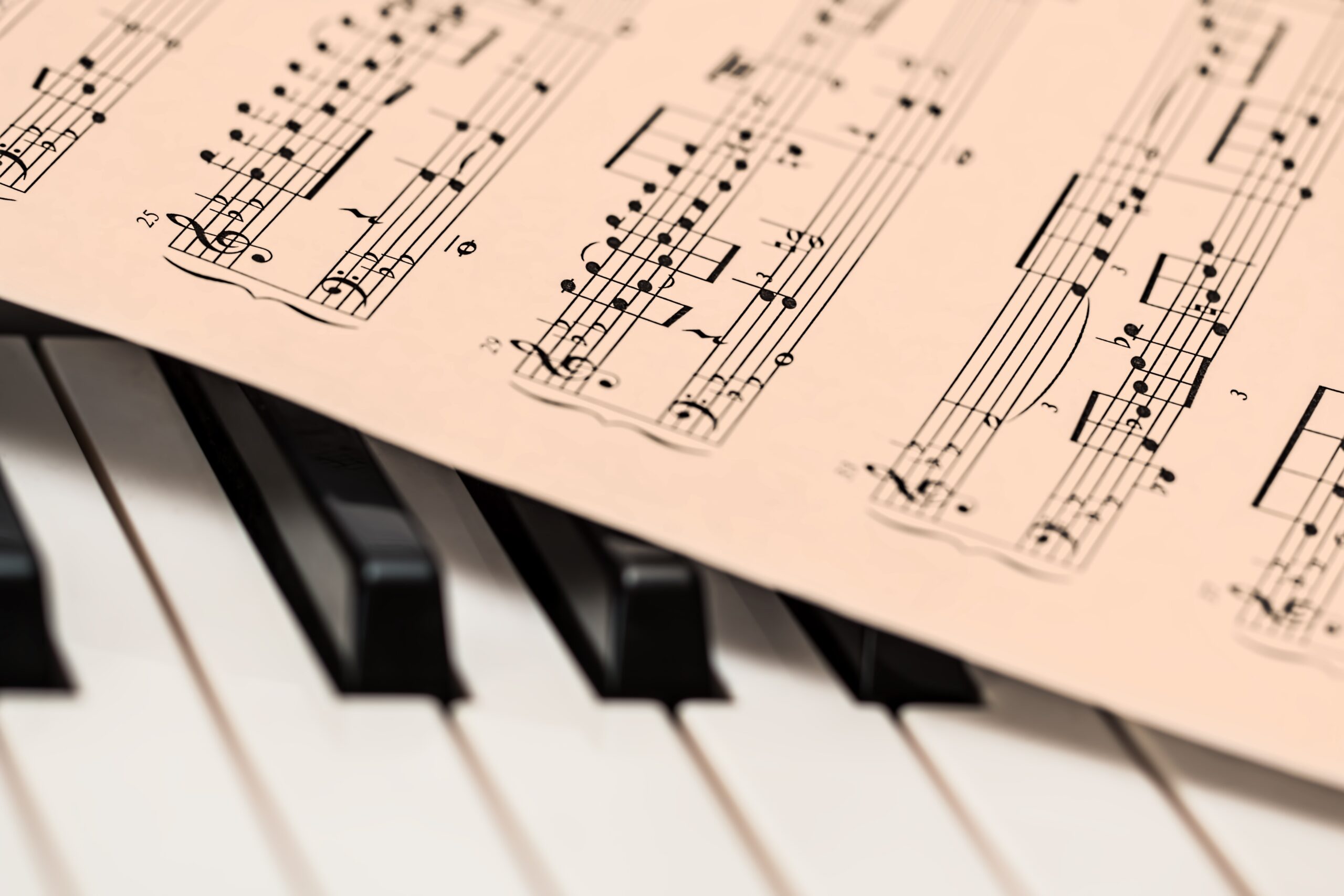What’s the difference between melody and harmony?
What’s the difference between melody and harmony?
Face it, there are just some pop songs out there that get stuck in your head no matter how much you may dislike them. You’ll hear the song just a few times on the radio and before you know it, it’ll be playing on repeat in your mind! Songs like Ariana Grande’s “seven rings,” Camila Cabello’s “Havana” and Carly Rae Jepsen’s “Call Me Maybe.”
But what is it about these tunes that make them so persistent and fixed in the mind?
Why it’s the melody of course, which, in pop music can usually be identified as the chorus that repeats throughout the song. For example, with “Call Me Maybe,” the first thing you probably think of is the chorus, Hey, I just met you, and this is crazy / But here’s my number, so call me maybe. This is the melody, which is usually, but not always, played at a higher pitch than the other verses in the songs, and is thus the most recognizable part.
If you’re not a musician or music aficionado, chances are that you are familiar with the term ‘melody,’ but do you really know what it means and how a melody is created? Also, how exactly does a melody differ from a harmony?
Well, it’s actually not all that complicated. A melody is simply a sequence of musical notes that sound satisfying to the ear. For example, some simple melodies that you are probably familiar with are the Happy Birthday song, and “Twinkle, Twinkle, Little Star.” Or maybe you remember playing “Hot Cross Buns” on the recorder or piano when you were in elementary school? These are all examples of melodies—aka, a series of notes arranged into a sequence that sounds very pleasing!
Usually, though, a successful musical composition consists of more than just one simple melody. Several melodies are often woven together to complexify and enrich a song. Melodies are also often also supported by other musical elements, such as chords, harmonies, and rhythms. The melody is like the backbone—it guides and supports the body of the song.
A harmony differs from a melody in the way that it stacks multiple notes on top of one another to create a sound. So, instead of being a sequence of sounds, the harmony is a blend of sounds. Harmonies involve two or more different sounds being played simultaneously. That’s why, in a choir, the vocalists must harmonize their voices—meaning they must blend the baritones (low pitched) and altos (high pitched) to create one beautiful sound.
Now, time to enjoy a jazz classic—Duke Ellington’s “Take the A Train.” Can you hear the melody in this 1939 hit?
And what about this jazz-up version of the country tune, “Are You Alright.” Can you find the melody?
Remember the chorus is usually where the melody is located, so, in this case, the melody is repeated when Janis Siegel sings “Are You Alright.” You also may be able to identify a harmony that is playing simultaneously with the melody.
If you’re looking for more jazzy country classics, check out our album, Cryin’ in My Whiskey, which is available in our store and on all major music platforms today.
This post was written by Blog Editor, Jacqueline Knirnschild.

